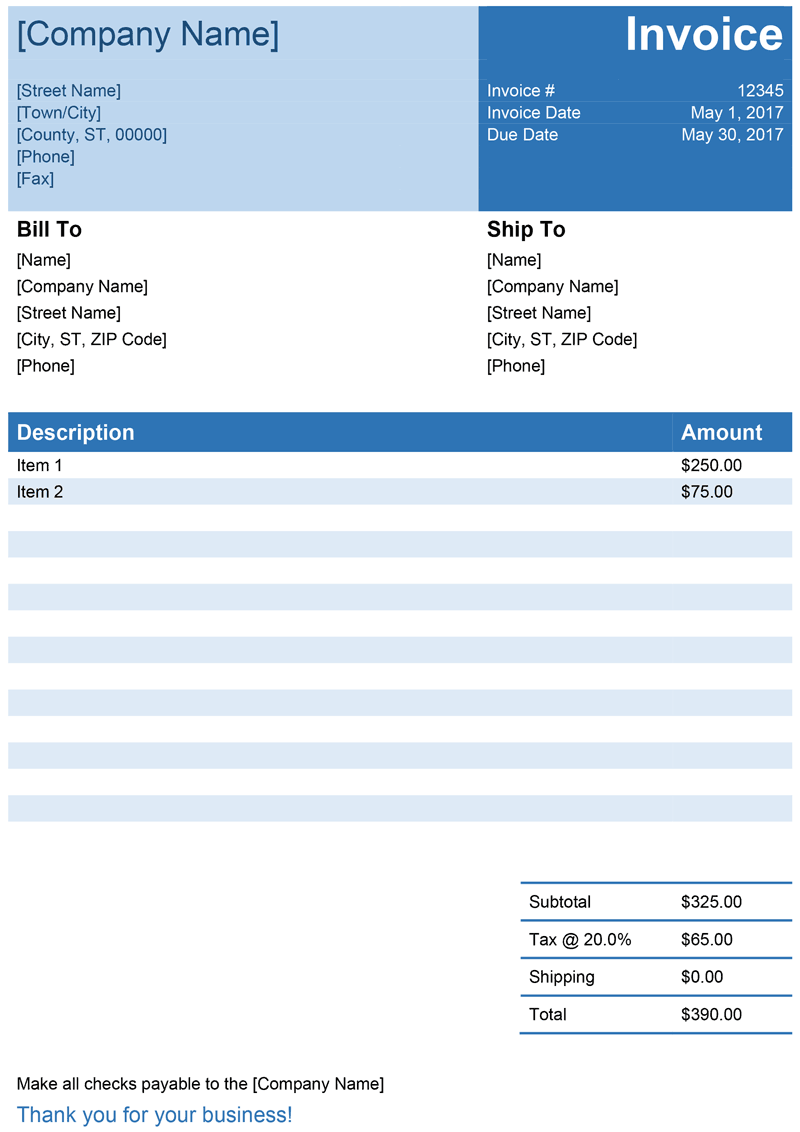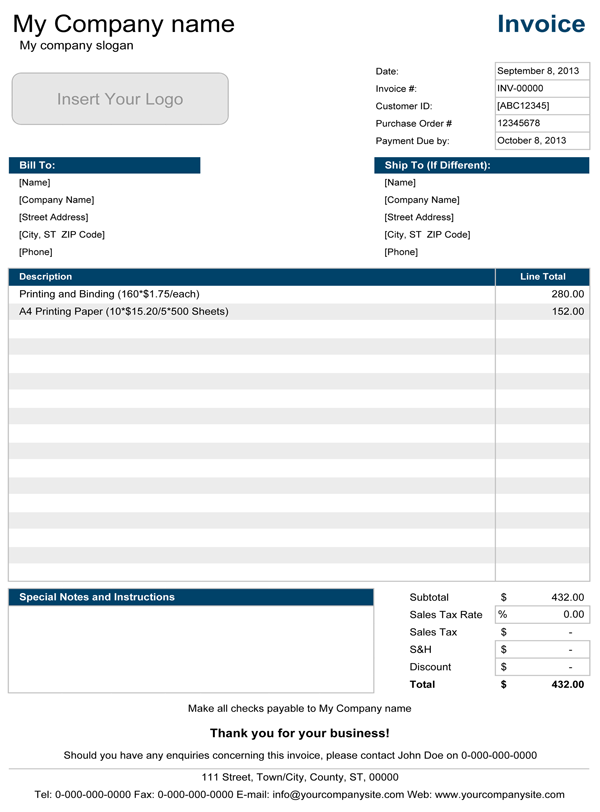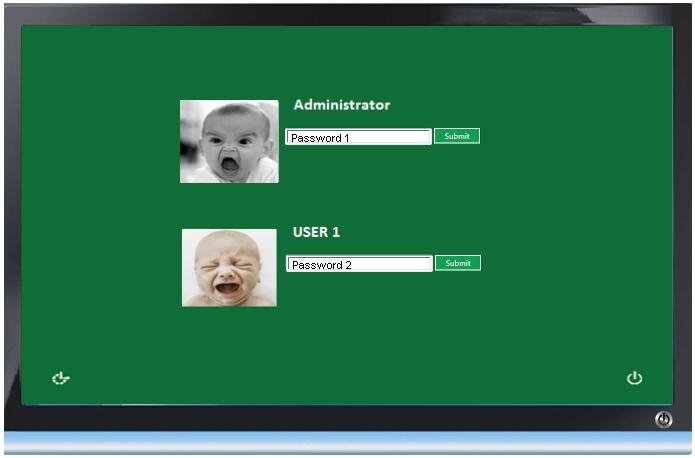

When Word presents the Create AutoText dialog box, enter a name and click OK. Just select the items that make up your heading and press. One convenient way to preserve an element such as a heading is to save it as AutoText. Once you've created a heading, save it so you can use it for other marketing material, such as flyers, price lists, and announcements. The first step in building an invoice template is to design the heading you want to use for it.


#Word for mac create invoice how to#
Let's look first at some template-building basics then, I'll explain how to modify and use my sample template. To help you get started, I've created a sample invoice template that you can customize to fit your needs. You can then update the fields that calculate tax and totals and print the invoice. To generate an invoice, you just create a new document using the template, fill in the customer information, and enter the invoice amounts in the table. Once you set up this invoice framework, save the blank form as a template, and you're in business. You can even include Fill-in fields to automatically prompt for customer information. It's easy to create an invoice that includes your business details, contact information, and logo, along with a table that itemizes the costs, parts, and labor automatically calculates the totals and taxes and presents a total amount payable. Word tables have a number of applications: staffing rotas, timetables, pricing charts, quotations, and the one I use most, invoices. Sometimes, a better approach is simply to insert a table in a document and perform the calculations in it. When it comes to performing calculations in a Word document, we tend to think of embedding or linking an Excel worksheet - but this can be overkill.


 0 kommentar(er)
0 kommentar(er)
